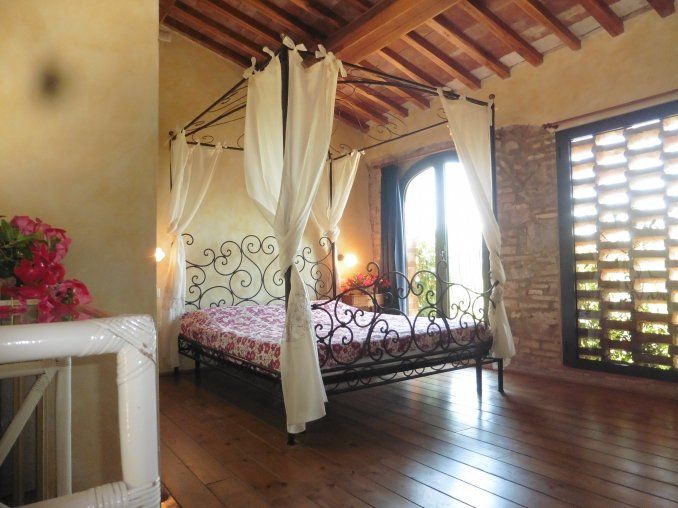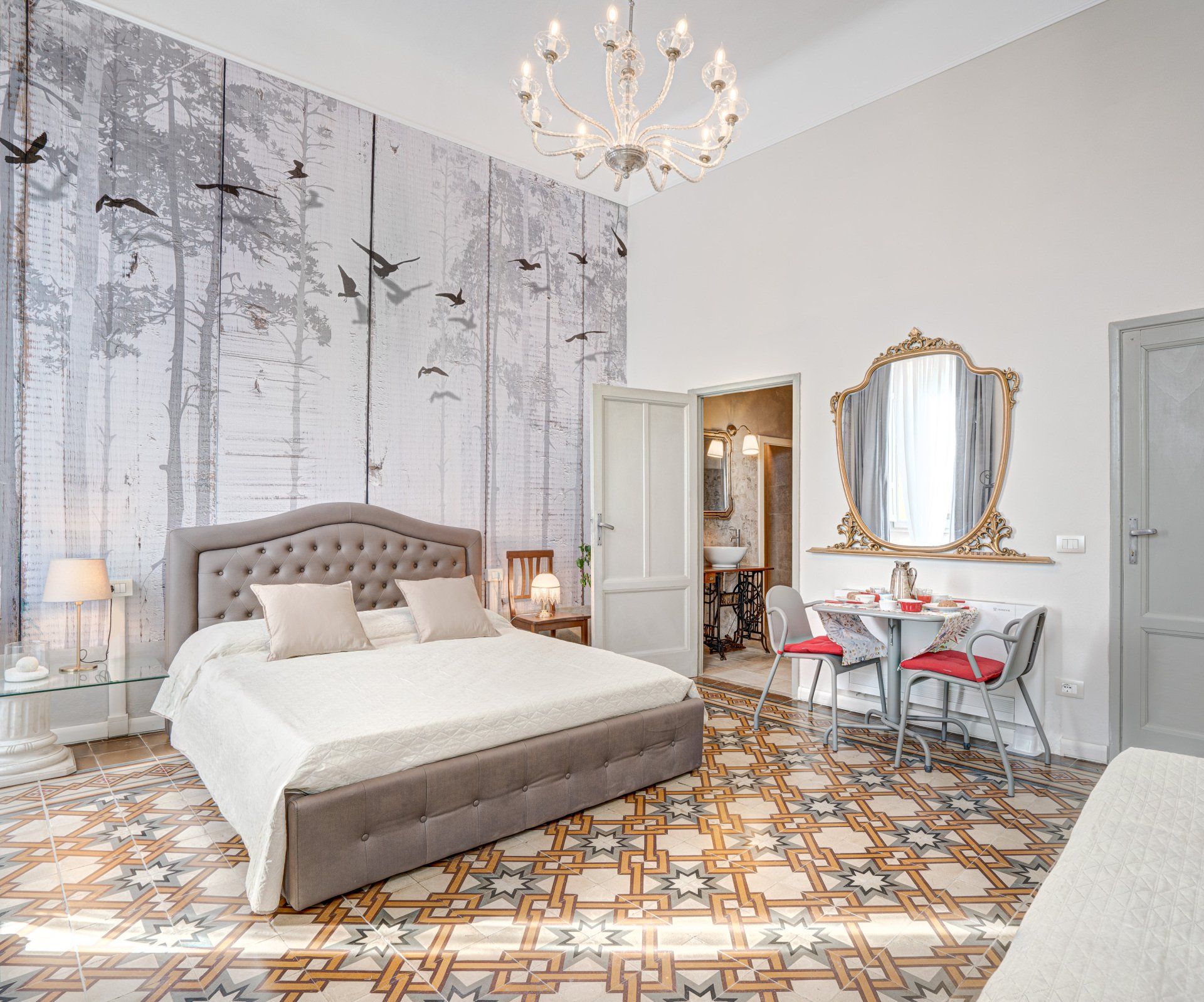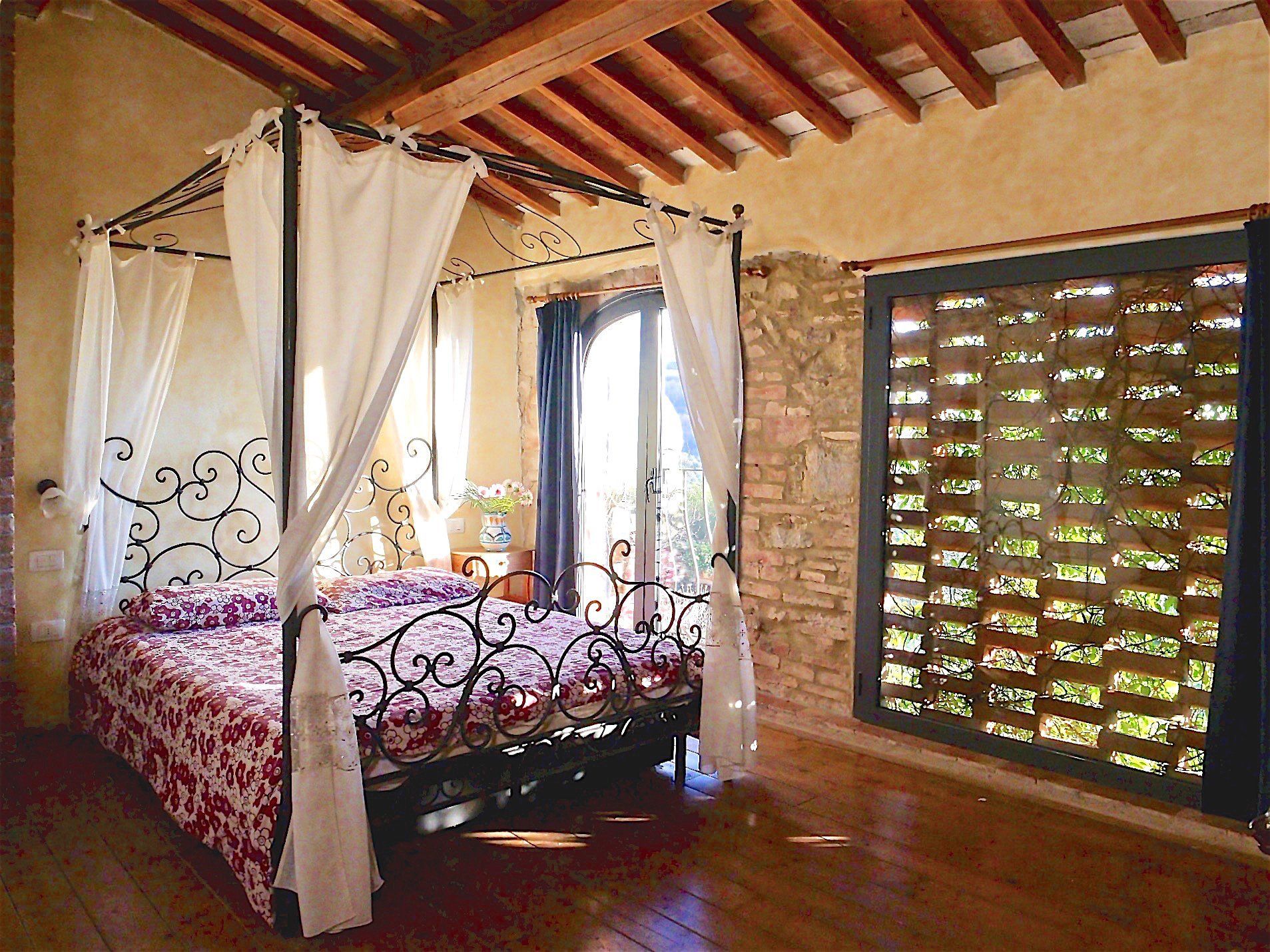Massa Marittima
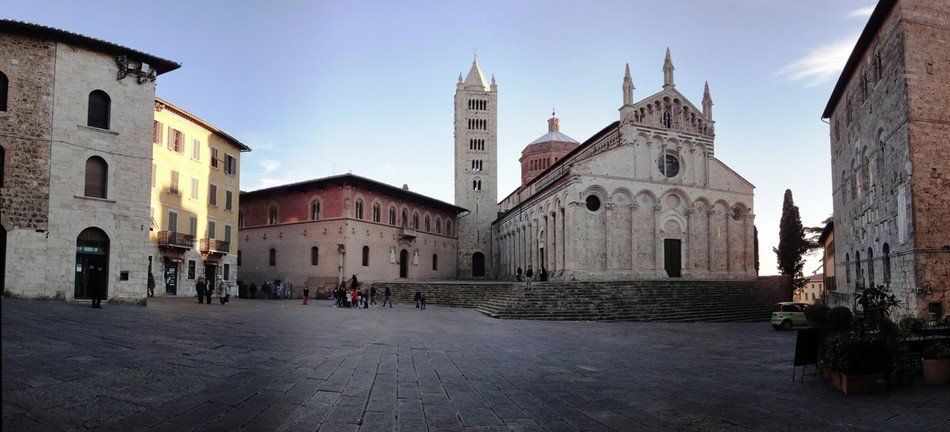
Slide title
Scrivi qui la tua didascaliaButton
-
Is Massa Marittima at the sea or not?
This is certainly the first question that people ask when they come across the name of this town for the first time.
How many visitors have asked themselves if Massa Marittima is on the sea or not! We will immediately clear up the matter and explain once and for all to our dear guests in Tuscany that in spite of the fact that is it called Massa Marittima, this town lies about twenty kilometres from the sea on a splendid hill at 387 metres above sea level.
But what is the reason for the misleading name? As regards the history of the place name, we can tell you that it was mentioned in some texts by the Roman writer Ammianus Marcellinus who called it „Massa Veternensis“ when telling us that Gallus Caesar was born here from Galla, the wife of Costantius, the brother of the emperor Constantine II.
He was born in around 350 ad.
However, this was not the first name of the town, given that, due to the important mining activities that had already begun in the area in Etruscan times and constantly continued until recent years,
the town was known as „Massa Metallorum, inimica civium suorum“ (Massa of Metals, enemy of its very citizens), due to the malaria that raged in the area until it was reclaimed in the nineteenth century by the Lorena Grand Dukes and the scientist, Ximenes.
But going back to „Massa“, the name is thought to mean - in Roman times and certainly after the fall of the empire - „Mansi“, that is, farms. Confirmation of this is given in Theodosius and Justinian‘s codex‘s where the name of „Massa“ was given to many other villages in Italy, where these were the meeting points of farms, industries or, in our case, mining activities.
The misleading adjective, „Marittima“ has another history. This is totally due to the very nature of the area, that has always been surrounded, as we have already said, by unhealthy and totally inhospitable swamps. So true is this that the town was the last settlement before reaching the sea and from the eleventh century to the eighteenth century a popular proverb ran: „Look at Massa and pass by“.
Is there the sea in Massa Marittima or not? Brief history of the city

Slide title
Scrivi qui la tua didascaliaButton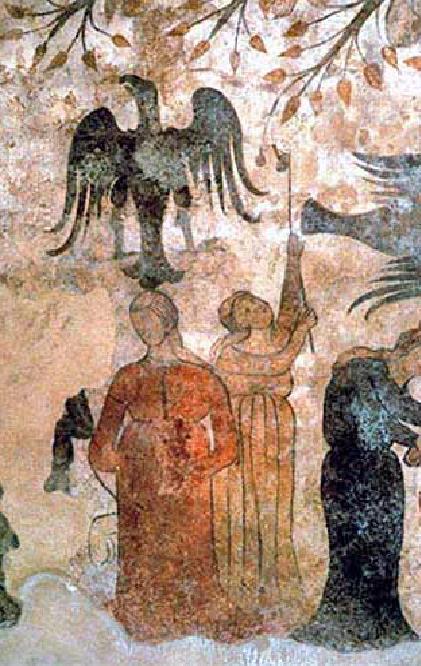
Slide title
Scrivi qui la tua didascaliaButton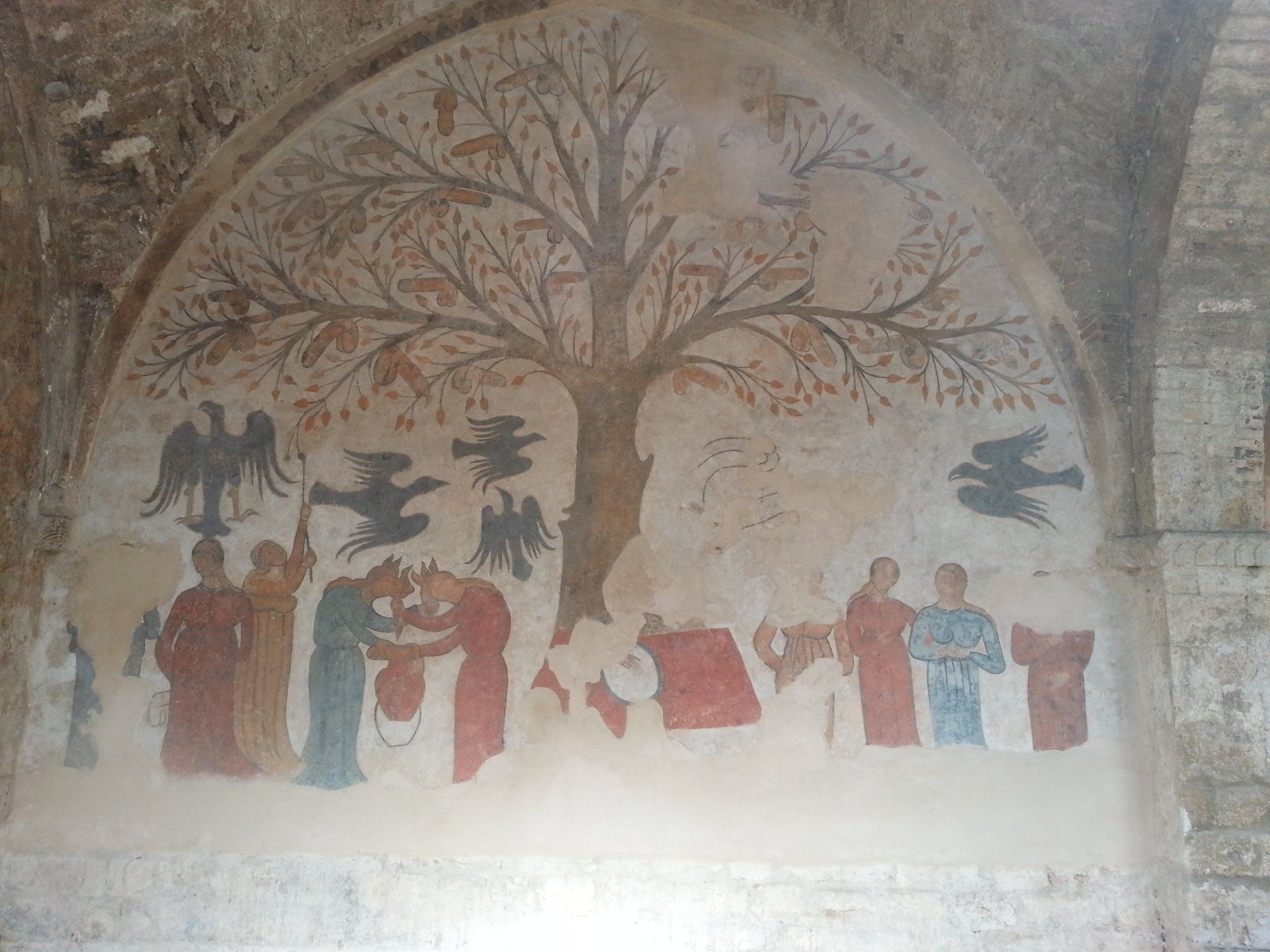
Slide title
Scrivi qui la tua didascaliaButton
-
Massa Marittima: The Tree of Mervels
A somewhat strange fresco has returned to a wall of the recently restored public fountain. It is a fruit-laden tree. What‘s so strange about that, I hear you saying. It is a well-known fact that popular imagination has always amused itself with giving trees very strange, or often just symbolic, fruits, such as money, human-beings or animals. But the fruit hanging from the tree in Massa Marittima is certainly unique, decidedly original and something that has never been seen before, at least not in Tuscany. The well of Massa Marittima, dating back to 1265 (according to the inscription), was decorated with this fresco which over time had almost disappeared due to the lime scale. But following restoration and cleaning, the fresco has returned in all its splendour to the astonishment
of the restorers themselves... It depicts a majestic tree with long roots that rise up to the cusp of the vault with a large number of branches and
thousands of leaves. And among the branches and leaves, there can be seen a great number of male sexual organs! Phalluses of various sizes with different inclinations, but all definitely erect! The scenes becomes even more intriguing when we discover that the figures moving around in the shade of the tree are none other than women in contemplation... women who fight over the possession of a phallus, women using sticks
to knock them to the ground terra and large birds, crows perhaps, flying here and there around the scene. It is difficult for amateurs to decipher
the symbology of this painting. Accord to some experts, the crow is a propitious image that leads to the equation: spring of water = spring of
life. Others instead see this fresco as simply „the representation of one of the elementary human fundamentals of life“. One thing is certain
when you look at this fresco. It seems that in the thirteenth century, customs were certainly more liberal than in later centuries! In fact, the
painting is not in a private house, nor is it in a place where sex was sold, but it is on a public fountain, at that time an enormously important place and freely accessible by all. But this explicit scene was evidently not admired by later generations and the need was felt to somehow cover up this scandalous scene. Therefore, each phallus was painted over with red berries. Even the phallus fought over by two women was concealed inside a bucket thereby driving future generations to wonder what mysterious fruit the two women were fighting over...
Massa Marittima: Fonte dell'Abbondanza Brief history of the Fonte



